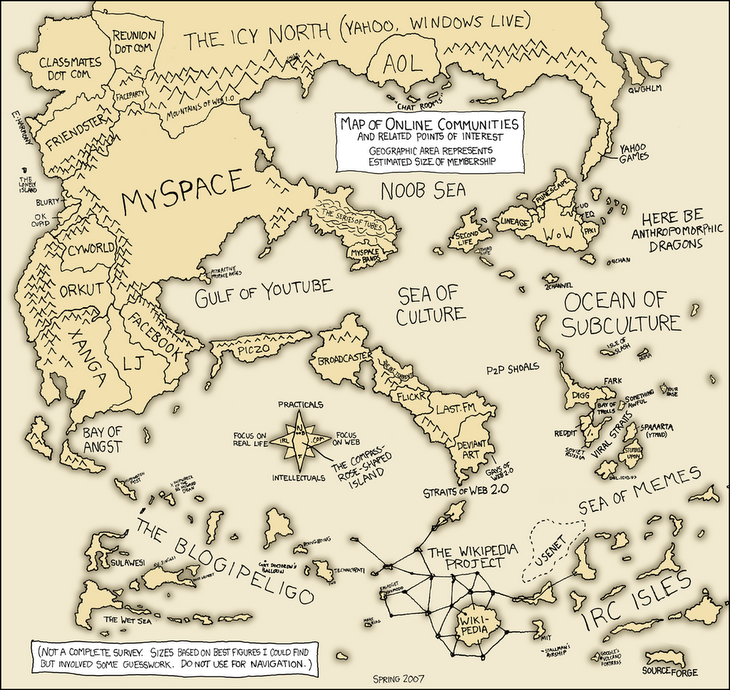-Extensive empirical analysis of 362 million message sent by 4.2 million Facebook users over a 26 month period.
-Results found a temporal rhythm that extended across campuses and seasons.
-Nearly all communication occurred between a small proportion of "friends".
-Social Network Research: how people make friends, number of friends, and forms of social support.
-Their understanding of the Poke: Users can ascribe whatever meaning in the context of their relationship to the poker or pokee; described as a "virtual intimate object", an active meaningful social gesture that necessitates reciprocity. Such a situation is a marker of a strong social bond.
-The privacy inherent in messaging/poking frees the act from the pressure of self-presentation.
Data
-Average of about 180 friends per user.
-About half of messages sent to friends at same school, 41% to friends at another school.
-Strangely, over 98% of pokes were sent between people from the same school.
-Reciprocity of messages occurs 59% of the time if senders are at the same school, but only 41% of the time if the sender is from a different school.
-Messaging/poking highest at the beginning of the week, declining drastically Friday and Saturday.
-The rhythm of activity differs from that of a corporate network, where most activity takes place during working hours.
-Trend of messages sent to those at different schools during the daytime, to nonfriends in the same school during the late-night hours.
-No change in rhythm, even during the summer, with the exception of a dramatic increase in messages sent to school friends during school break times.
-Different universities consistantly show either a disproportionately large or disproportionally small number of Facebookers who are active during the weekend.
Conclusions
-Concludes that internet sociality is an activity that frequently occurs alongside work-related tasks rather than as a leisure activity in and of itself.
-Though messages are sent primarily to friends, most friends do not receive messages. What does this say about the strength of Facebook "friend" ties?
-Seasonal variation in same/different school messaging demonstrates the importance of Facebook in supporting geographically distant relationships.
---
Not sure about the importance of this bit of research (though it could serve useful as a statistical supplement), however it was interesting to discover that such an intensive statistical analysis has been conducted on Facebook. With all the information available on the site, a vast array of studies concerning Internet activity could be conducted, as well as looking at the relationships between group memberships, interests, demographics (political and sexual orientation, gender, "looking for", religion) etc; The study would probably have been much more interesting had they focused on wall posts, the most active form of Facebook communication by far.
Subscribe to:
Post Comments (Atom)





No comments:
Post a Comment